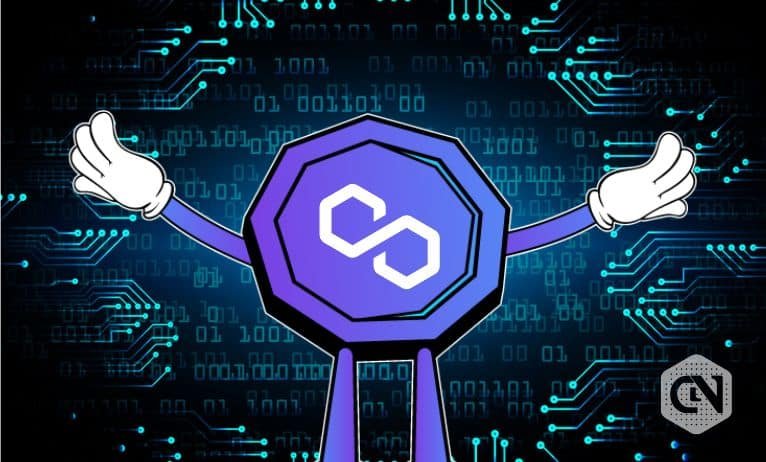
[ad_1]
On January 17, 2023, at 10:45 UTC, Polygon (MATIC), a layer-2 scaling protocol on Ethereum, lastly launched its hardfork replace and is at present operational on its community. This new model, V0.3.1, was created primarily to scale back gasoline spikes and deal with chain reorganization points which have plagued the community. The profitable improve was introduced on Twitter by the Polygon official web site.
The Polygon PoS community has been upgraded 👏👏👏
To be taught extra concerning the improve, try 👇https://t.co/RaBWDjEGrI pic.twitter.com/WiDOdJWzaK
— Polygon (@0xPolygon) January 17, 2023
The Polygon PoS community improve was first launched on January 12, 2023. Nonetheless, two proposals, together with hardfork, had been put ahead in December. The improve was proposed, adopted by the approval given by 87% of individuals within the Polygon validator groups. Polygon’s technical workforce talked about that they had been engaged on long-term technical upgrades like Polygon zkEVM and parallelization.
Let’s check out the hardfork improve proposals and the way they are going to profit builders, customers, and validators.
Improve 1: Discount in gasoline spikes
Proposal – Change the BaseFeeChangeDenominator worth from 8 to 16.
The improve was required as a result of frequent gasoline spikes, because the transaction value elevated exponentially through the rise in demand. This new mechanism will hold the gasoline value low when there’s loads of exercise on the community.
Cause – A gasoline charge is required to incorporate a transaction in a block, and the minimal charge for this inclusion is known as the bottom charge. Though the on-chain gasoline features correctly more often than not, when the chain comes throughout excessive demand, the bottom charge reveals exponential spikes.
Consequence – As indicated by the Polygon workforce, the fork will mitigate massive volatility in gasoline costs and contribute to a seamless chain expertise. The fork is anticipated to scale back the speed of change from the present 12.5% to six.25 %.
Improve 2: Handle on-chain reorganizations (Reorgs)
Proposal – Discount in dash size from 64 to 16 blocks.
By reducing the size to 16 blocks, they imply to lower the time taken for validation, which in flip ends in lowering the depth of reorgs. Within the present model, a single block is produced in roughly 128 seconds, which will likely be lowered to roughly 32 seconds after the improve.
Cause – The reorg prevalence outcomes from receiving the most recent data from a validator node, which displays an extended type of the chain. In such circumstances, when the chain comes with increased blocks, then that must be a brand new canonical chain. In consequence, the earlier chain should be discarded, as reorgs may have an effect on the transaction’s finality and hamper the appliance’s potential.
Consequence – With the lower in dash size, there will likely be a discount within the frequency and depth of reorgs.
The Polygon (MATIC) community all the time encourages neighborhood members to take part within the Polygon PoS chain dialogue discussion board. Since its inception, the platform has traveled on an amazing path. In six years, the undertaking’s progress has progressed considerably, and established varied partnerships with essential corporations.